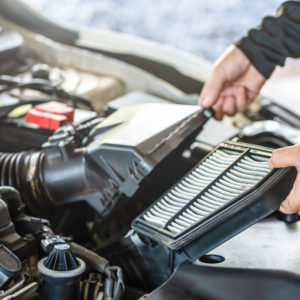A lot of drivers are always looking for a way to tap into their engine’s hidden potential. Huge upgrades can be quite costly, but there are some installations that are affordable and efficient at the same time.
Check out these engine upgrades you can get for less than $500.

Cold Air Intake
A cold air intake is designed to draw cold air into the engine for a more efficient vehicle performance.
Cold air has more oxygen content in a given volume than hot air because it’s denser. As a result, the cold air intake is able to contribute in stabilizing the air-fuel ratio in the combustion chamber.
Simply put, the more oxygen you can get into the engine, the more power it can produce.
A cold air intake can add five to 20 more horsepower to your engine, but the real figure will ultimately depend on the product and your engine specifications.
Your location should also be considered when picking out a cold air intake. If you live in California, for example, a carb-approved cold air intake might be the best option for you.
Average price range: $100-$400
Recommended brands:
Cat-Back Exhaust System
A cat-back exhaust system is an aftermarket upgrade that replaces parts of your stock exhaust.
Having a cat-back exhaust can produce a more efficient flow of exhaust gases due to larger diameter tubing than stock parts.
By freeing up restrictions in the exhaust system, a cat-back exhaust helps the engine to breathe better and boost its horsepower. Also, an efficient engine can significantly improve fuel economy.
As a bonus, a cat-back exhaust typically runs past the emissions monitoring system of a vehicle, resulting in a deep and throaty sound coming out of the muffler.
Average price range: $100-$450
Recommended brands:
Performance Tuner
A performance tuner monitors engine operating conditions like air-fuel ratio, ignition timing, coolant temperature, airflow, and vehicle load, among others.
By monitoring these conditions, a performance tuner can tap into the engine’s latent potential and make the necessary adjustments to optimize vehicle performance.
Aside from improved engine performance, recalibrating the engine’s parameters can have certain benefits, including better fuel economy and a customized driving experience.
Most performance tuners are single-purpose mini-computers with a small control panel or dash-mounted monitor and leads that tap into the engine control module.
Performance tuners are commonly installed in SUVs and trucks. Depending on vehicle specifications and the type of performance tuner purchased, an engine with a tuner can get a 100-120 horsepower boost.
It’s also a good idea to consider getting a carb-approved tuner, especially when you live in states like California.
Average price range: $250-$450
Recommended brands:
Boost Controller
If your vehicle’s already been upgraded with a turbocharger, a boost controller is exactly what you need.
A boost controller lets you regulate the boost pressure that your turbocharger makes. The device bleeds off a measured amount of air to reduce pressure in the hose that’s linked to the wastegate actuator.
This activity results in a lower boost signal being sent to the actuator, keeping the wastegate closed for a longer time and increasing the boost level.
With a boost controller, you’re manually adjusting the boost pressure to tailor it to your driving conditions.
Average price range: $50-$300
Recommended brands:
Boost controllers generally come in two types一bleed and ball-and-spring.
Bleed Type
A bleed-type boost controller uses a restrictor and taper needle adjustment to lower the pressure reaching the wastegate actuator.
The restrictor sits in the flow path so that the air won’t pass fast enough to overcome the bleed.
When installing a bleed-type boost controller, keep in mind that polarity is important to regulate the boost. Installing the controller backwards won’t raise boost pressure.
Ball-and-Spring Type
A ball-and-spring boost controller uses a bleed. This type requires a steel ball to be placed behind the restrictor hole and have a spring shut it out.
When using a ball-and-spring controller, it’s important to note that the ball is a free-floating device that can lead to boost fluctuations.
Performance Air Filter
Replacing your air filter is arguably the easiest way to improve your engine’s performance. Air filters are quite cheap compared to other upgrades on this list, and installing them is quite easy, too.
By now, you already know that engines can generate more power when there’s more air in the system.
A performance air filter does everything regular air filters do but is designed to let more air into the combustion chamber.
Unlike other performance upgrades, a performance filter won’t give you a huge boost in terms of horsepower一only about 2.6%. Still, you’ll notice a significant change in how your engine works.
Average price range: Less than $50
Recommended brands:
Turbocharger
In a way, a turbocharger recycles exhaust gas by sending it back to the engine. A turbocharger uses a pair of fans to do this, increasing the airflow and improving the engine’s efficiency.
Turbocharging is commonly referred to as “free power” because of its natural way of bringing more air into the engine without draining it.
Aside from benefits like getting more power out of the engine and improving fuel economy, a turbocharger muffles engine sounds, resulting in a quieter driving experience.
There is, however, a slight delay in acceleration when using a turbocharger. The boost might take a while before it kicks in.
Average price range: $250-$450
Recommended brands:
Intercooler
An intercooler cools the compressed air from a turbocharger or supercharger. This reduces engine knock and increases the amount of cold air that enters the engine, resulting in a higher power output than normal.
An intercooler can either have an air-to-air or air-to-water setup.
Air-to-Air Intercooler
Typically made from aluminum, an air-to-air intercooler uses a series of fins and coils to dissipate heat from the air. Compared to an air-to-water intercooler, this type is lighter, more affordable, and easier to maintain.
Air-to-Water Intercooler
In an air-to-water intercooler, water is used to dissipate heat from the turbocharger or supercharger’s compressed air.
This type of intercooler can provide denser air than an air-to-air type, resulting in more engine power and increased fuel efficiency.
The tradeoff for these perks is that an air-to-water intercooler is more expensive than its counterpart and requires frequent maintenance to ensure that the intercooler always has water.
Average price range: $100-$250
Recommended brands:
Get the Right Cold Air Intake For Your Car
Cold air intakes are usually for specific vehicle models. You must select a part that will fit your vehicle, otherwise, you’ll waste time replacing it with a suitable one. Thankfully, CarParts.com makes finding the correct cold air intake easy.
A cold air intake that suits your car or truck is only several clicks away here at CarParts.com. Plug your vehicle’s year, make, model, and engine data into our website’s built-in vehicle selector. You’ll see a list of our products that meet your requirements. Once you’ve found the right part, order it through our secure online shopping process. Our customer service team is available 24/7 to assist you with any questions about our products.
Make CarParts.com your first and only choice when you need reliable cold air intakes at competitive prices. Place your order before noon ET and get your newcold air intake in several business days if you live in the continental US. Get your part now.
Any information provided on this Website is for informational purposes only and is not intended to replace consultation with a professional mechanic. The accuracy and timeliness of the information may change from the time of publication.


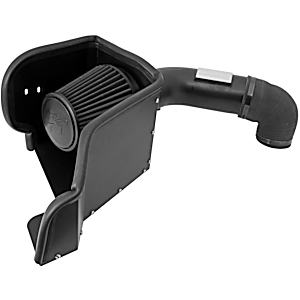 K&N Cold Air Intake
K&N Cold Air Intake aFe Cold Air Intakes
aFe Cold Air Intakes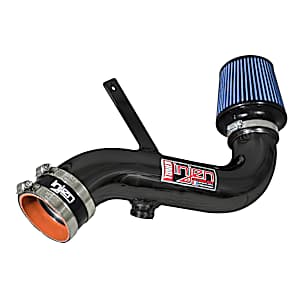 Injen Cold Air Intakes
Injen Cold Air Intakes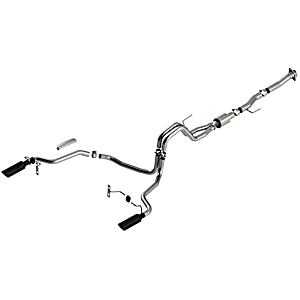 Borla Exhaust Systems
Borla Exhaust Systems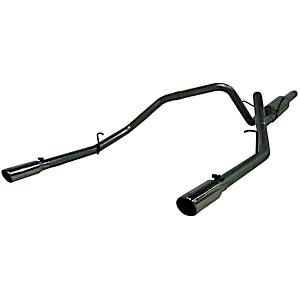 MBRP Exhaust Systems
MBRP Exhaust Systems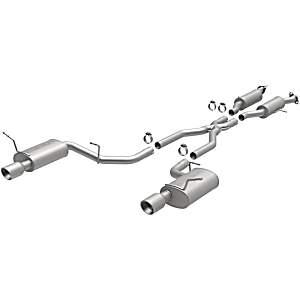 Magnaflow Exhaust Systems
Magnaflow Exhaust Systems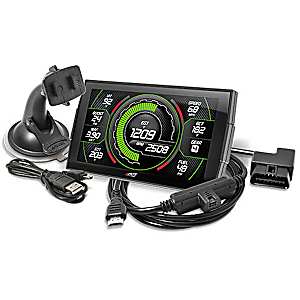 Edge Products Tuners
Edge Products Tuners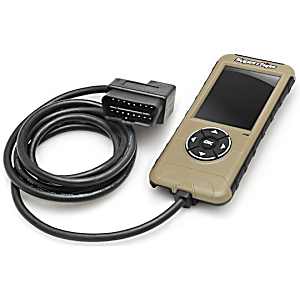 Superchips Tuners
Superchips Tuners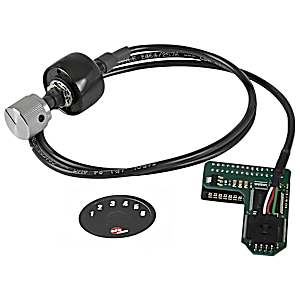 aFe
aFe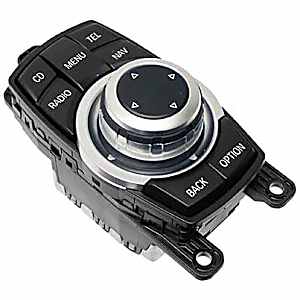 GenuineXL Boost Controllers
GenuineXL Boost Controllers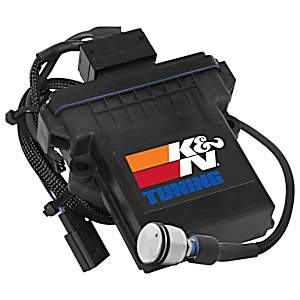 K&N
K&N AEM
AEM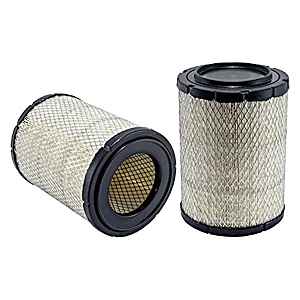 WIX Air Filters
WIX Air Filters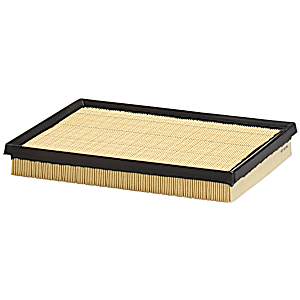 Purolator Air Filters
Purolator Air Filters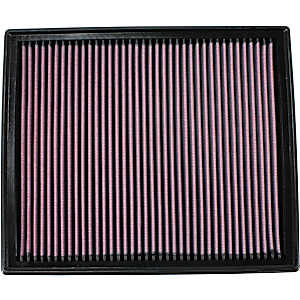 K&N Air Filters
K&N Air Filters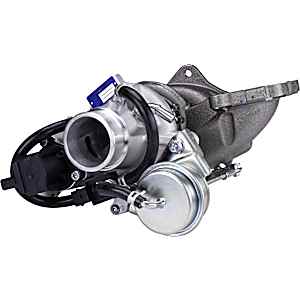 GPD Turbocharger
GPD Turbocharger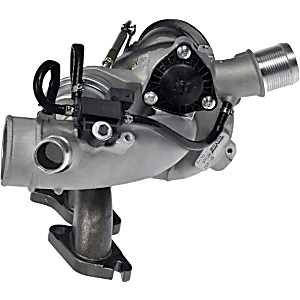 Dorman Turbocharger
Dorman Turbocharger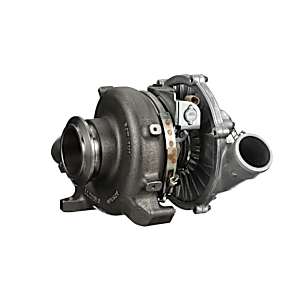 Standard Turbocharger
Standard Turbocharger GPD Intercoolers
GPD Intercoolers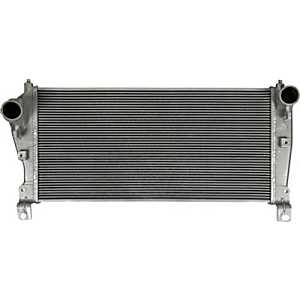 CSF Intercoolers
CSF Intercoolers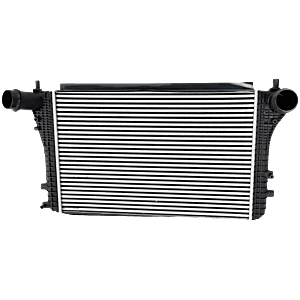 Replacement Intercoolers
Replacement Intercoolers